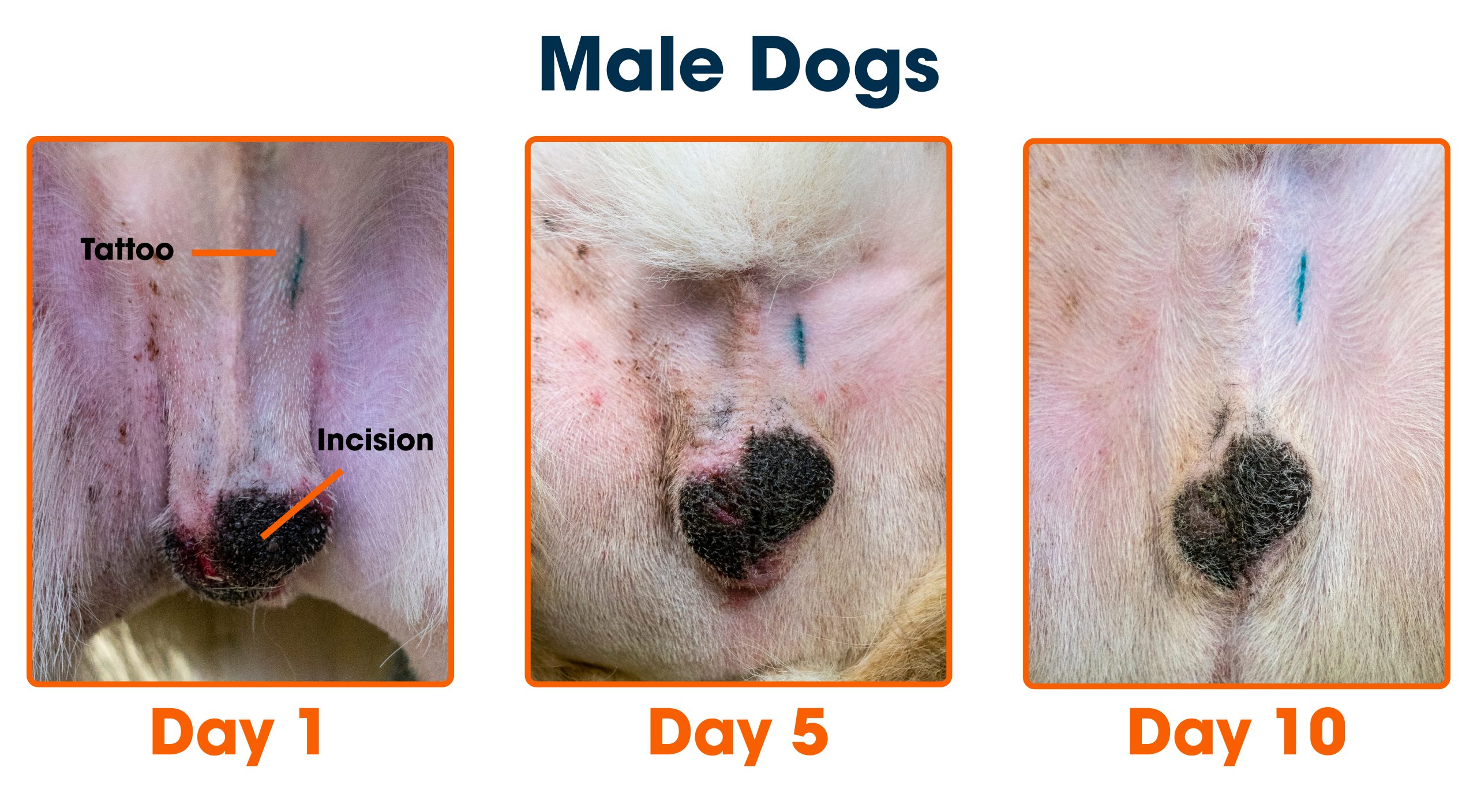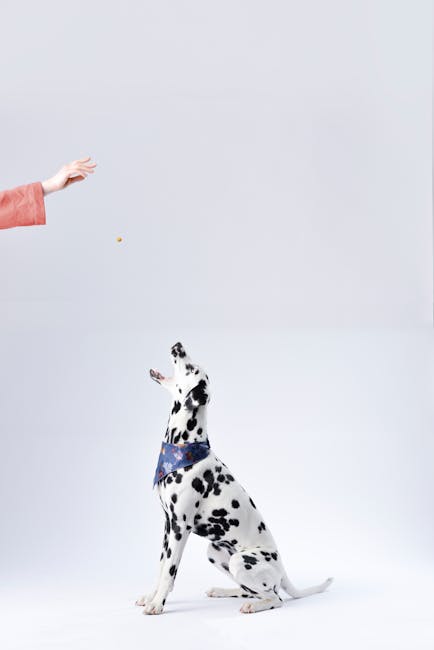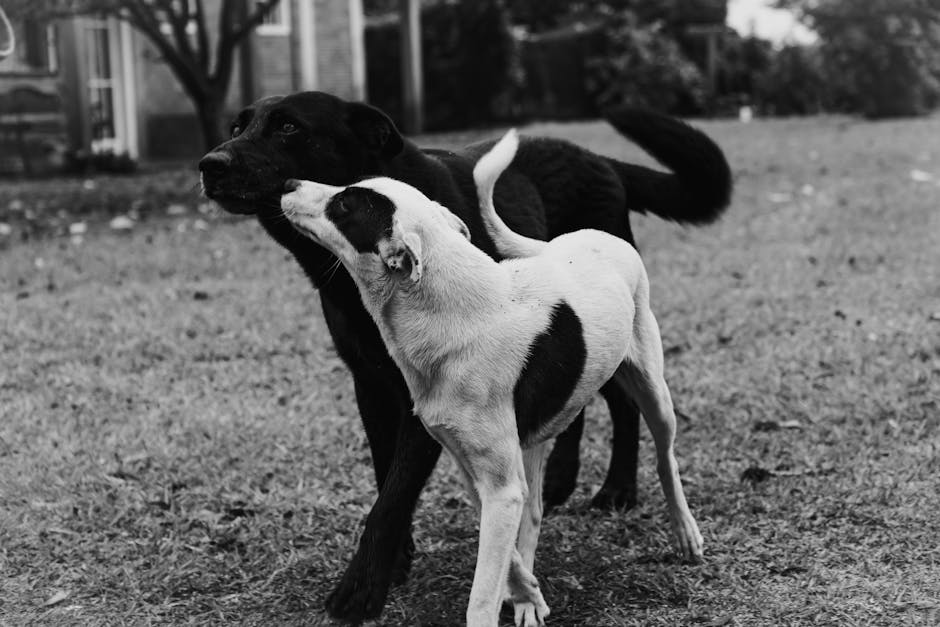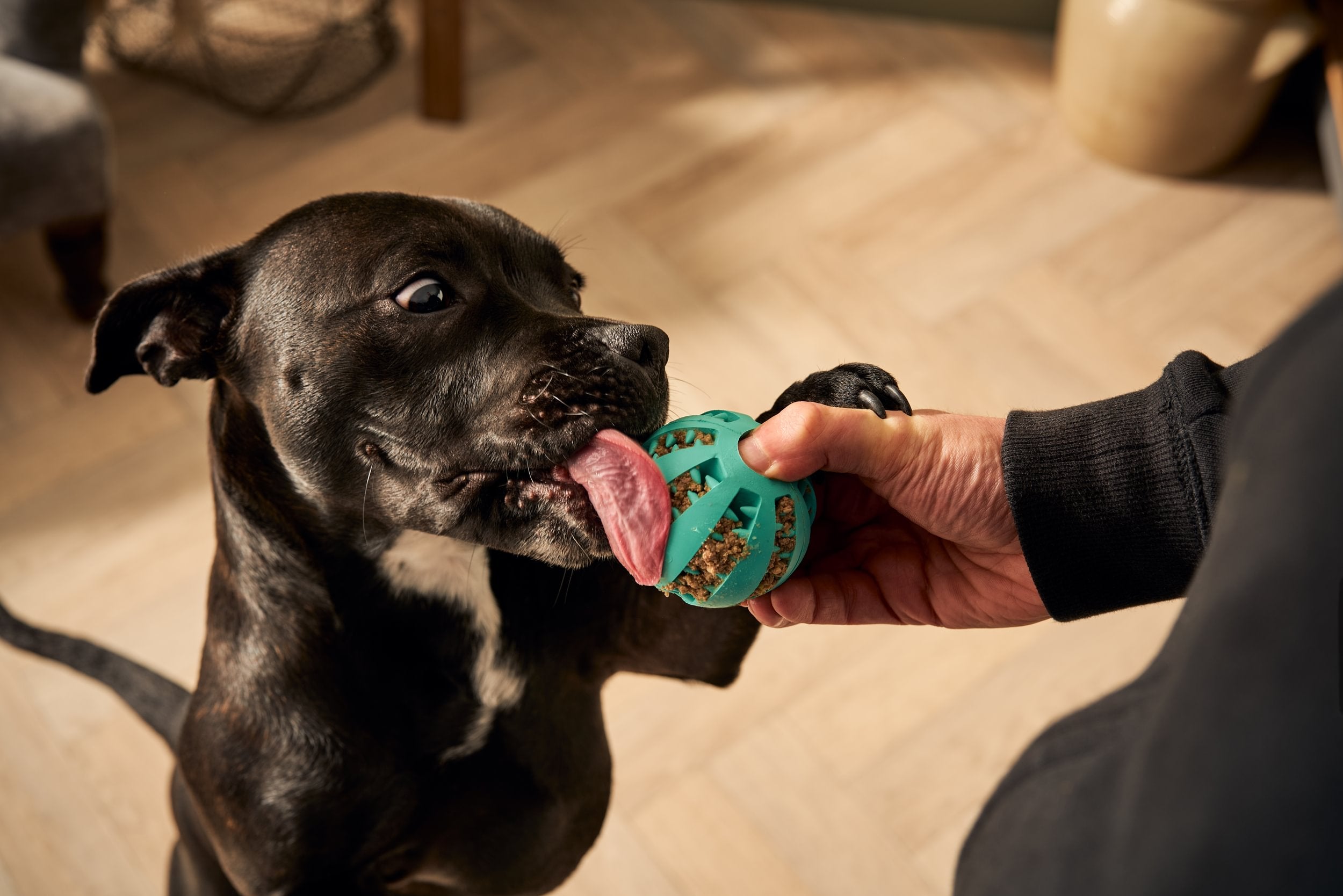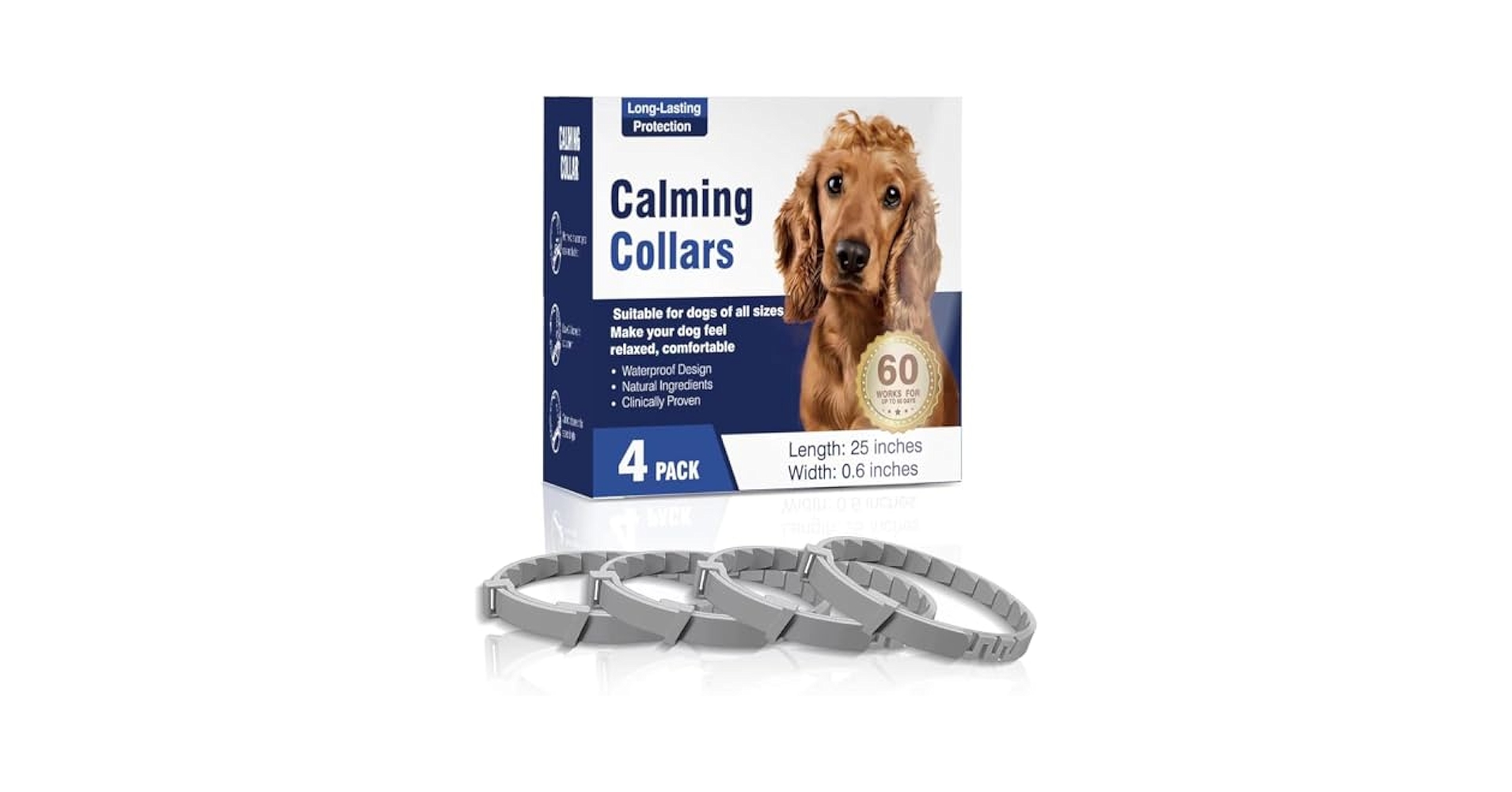Are you tired of seeing your dog anxious, restless, or stressed? You might have heard about calming collars and wondered, “Do calming collars work on dogs?” If you want to help your furry friend feel more relaxed without medication or complicated treatments, this is the question you need answered.
You’ll discover how calming collars work, whether they really make a difference, and what you should look for to choose the right one. Keep reading to find out if a calming collar could be the simple solution your dog needs to feel peaceful and happy.
Calming Collars: What They Are
Calming collars are designed to help your dog feel more relaxed during stressful situations like thunderstorms, fireworks, or trips to the vet. They work by slowly releasing soothing substances or creating comforting effects that can reduce anxiety. Understanding what calming collars are made of and the different types available will help you decide if they could work for your furry friend.
Materials And Ingredients
Most calming collars contain natural ingredients known for their soothing properties. Common additives include:
- Lavender:Known for its calming scent that can ease nervous dogs.
- Chamomile:A gentle herb that helps reduce stress.
- Valerian root:Often used to calm anxiety and promote relaxation.
- Essential oils:Blends designed to create a peaceful environment for your dog.
Some collars also use pheromones, which are chemicals that mimic a mother dog’s comforting scent. These synthetic pheromones can help dogs feel safe and calm without any side effects.
Types Of Calming Collars
You’ll find several types of calming collars on the market, each with its own approach to helping your dog relax. Here are the main categories:
- Scented collars:Infused with natural oils or pheromones, these collars slowly release calming scents throughout the day.
- Vibrating collars:Some collars use gentle vibrations to soothe your dog, similar to a massage effect.
- Compression collars:These apply mild pressure around the neck, which can mimic the feeling of being held or hugged.
Have you noticed how your dog reacts to different smells or gentle touches? That reaction can guide you in choosing the right type of collar. Testing a collar for a short period can reveal if it actually helps your dog feel more at ease during stressful moments.
How Calming Collars Affect Dogs
Calming collars have gained popularity among dog owners looking for ways to ease their pets’ anxiety. Understanding how these collars affect dogs can help you decide if they are the right choice for your furry friend. Let’s break down the science and the changes you might observe in your dog’s behavior.
Science Behind The Calm
Calming collars often use natural ingredients like pheromones or essential oils to create a soothing effect. Pheromones mimic the comforting scents that mother dogs emit, which can reduce stress in puppies and adult dogs alike.
Some collars release calming scents continuously, helping your dog stay relaxed during stressful situations like thunderstorms or vet visits. Research shows these pheromones can lower heart rate and reduce signs of anxiety in many dogs.
However, not every dog responds the same way. Your dog’s unique personality and environment play a big role in how effective a calming collar will be.
Behavioral Changes In Dogs
Once your dog starts wearing a calming collar, you might notice subtle but important behavioral changes. Many dogs become less restless and show fewer signs of nervousness, such as pacing or excessive barking.
Some dog owners report that their pets sleep more soundly and are easier to manage during stressful events. Have you observed your dog calming down after putting on a collar? This can be a good indicator that it’s working.
Keep in mind, calming collars work best when combined with positive training and a stable routine. They are a tool—not a cure-all—for managing anxiety.
Benefits Of Using Calming Collars
Calming collars offer many benefits for dogs that struggle with anxiety and stress. These collars release soothing scents or pheromones that help pets feel safe and relaxed. Using calming collars can improve your dog’s overall well-being and daily behavior.
Many dog owners notice positive changes soon after using calming collars. These collars support emotional balance and help pets face stressful situations calmly. The benefits extend beyond just reducing anxiety, affecting sleep and social interactions too.
Reduced Anxiety And Stress
Calming collars help lower stress hormones in dogs. They create a sense of security through gentle, natural scents. This effect reduces signs of nervousness like barking, pacing, or trembling. Dogs feel calmer in loud or new environments with these collars.
Improved Sleep Patterns
Stress can disturb a dog’s sleep. Calming collars promote relaxation, making it easier to fall asleep. Better sleep boosts energy and mood during the day. Dogs with calming collars rest more deeply and wake up refreshed.
Enhanced Social Behavior
Dogs with less anxiety behave better around people and other pets. Calming collars encourage friendly and confident interactions. This leads to improved playtime and walks without fear or aggression. Socializing becomes more enjoyable for dogs and owners alike.
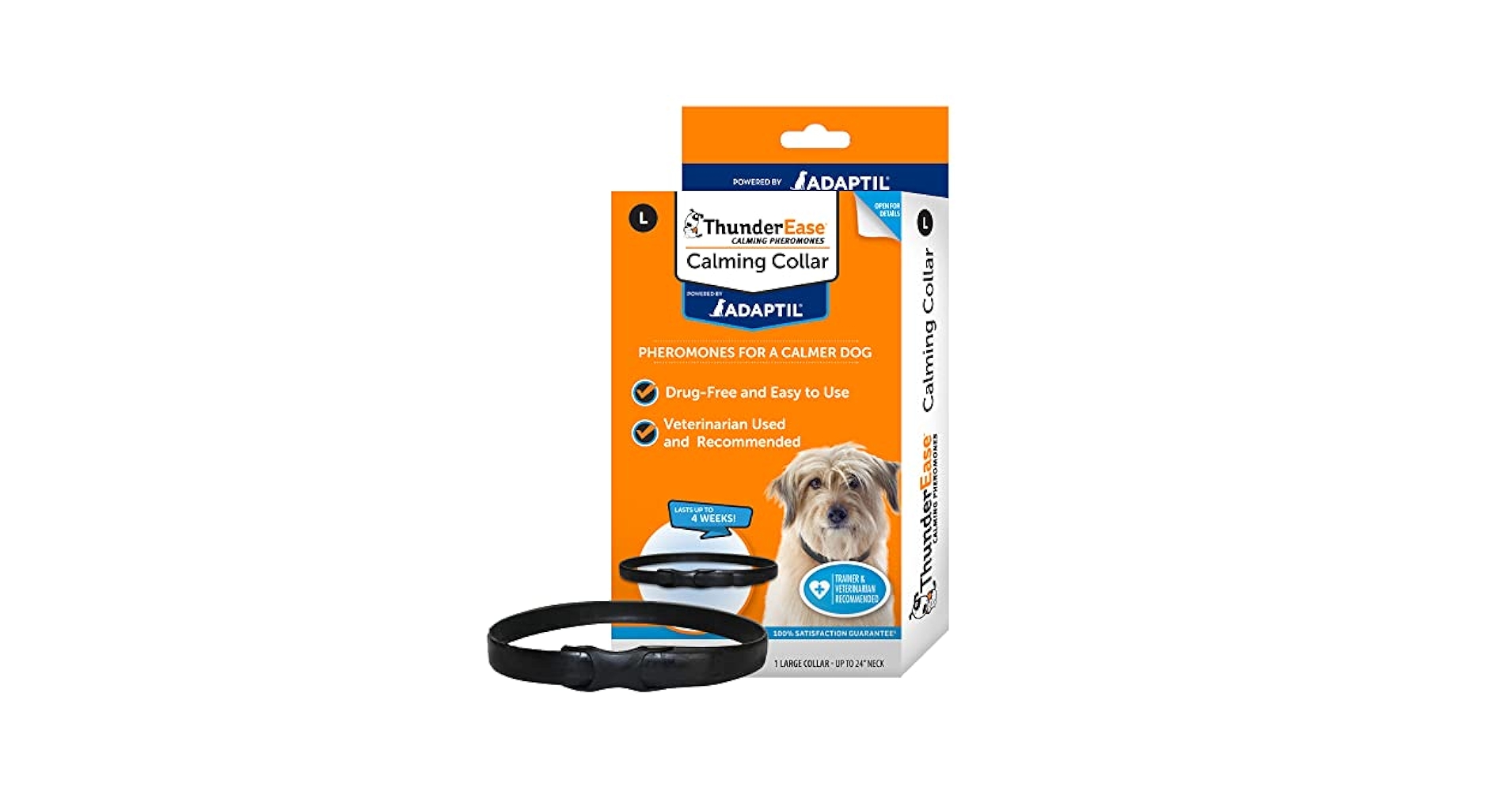
Credit: www.amazon.com
Choosing The Right Calming Collar
Choosing the right calming collar for your dog can feel overwhelming with so many options available. But understanding what fits your dog’s needs and lifestyle makes a big difference. The right collar not only helps soothe anxiety but also ensures your dog stays comfortable and safe.
Factors To Consider
Think about your dog’s size and temperament first. A collar too tight or too loose won’t work well and may cause discomfort. Does your dog react better to scents, sounds, or pressure? Identifying this can guide your choice toward pheromone collars, sound therapy collars, or pressure wraps.
Check how long the calming effect lasts. Some collars need replacement every 30 days, while others last longer. Also, consider any allergies your dog might have; some collars contain natural oils or chemicals that could irritate sensitive skin.
- Size and fit – measure your dog’s neck accurately
- Type of calming mechanism – pheromones, essential oils, vibration, or pressure
- Duration of effectiveness – how often you need to replace the collar
- Material and safety – hypoallergenic and durable materials
- Ease of use – is the collar easy to put on and take off?
Popular Brands And Products
Some brands have gained trust through consistent results and positive reviews from dog owners. For instance, Adaptilis well-known for its pheromone collars that mimic a mother dog’s comforting scent. Many users report calmer behavior during stressful events like vet visits or thunderstorms.
ThunderEaseoffers collars with calming essential oils like lavender and chamomile. These are great if your dog responds well to natural aromas. However, if your dog tends to chew collars, consider Vibracalm, which uses gentle vibrations to soothe anxiety without scents or chemicals.
| Brand | Calming Method | Duration | Best For |
|---|---|---|---|
| Adaptil | Pheromone | Up to 30 days | Dogs with scent sensitivity |
| ThunderEase | Essential oils | Up to 45 days | Natural remedy seekers |
| Vibracalm | Vibration | Rechargeable | Dogs who dislike scents |
Have you noticed your dog’s reactions to smells or touch? Use that insight to pick a collar that matches their comfort zone. Remember, the right collar should feel like a gentle hug, not a distraction or irritation.
Tips For Effective Use
Using calming collars correctly makes a big difference in how well they work. These collars release scents or pheromones that help dogs feel less anxious. To get the best results, follow some simple tips for adjustment and timing. This helps your dog stay calm in stressful moments without discomfort or irritation.
Proper Adjustment And Fit
A collar that fits right stays effective and safe. Check that the collar is snug but not too tight. You should be able to fit two fingers between the collar and your dog’s neck. A collar too loose can fall off or lose its calming effect. Too tight can cause discomfort or skin problems.
Trim any excess collar length after fitting. Watch your dog for signs of irritation. Remove the collar if your dog scratches or rubs their neck often. Replace the collar according to the product’s instructions to keep the calming scent strong.
When To Use Calming Collars
Use calming collars during events that cause stress. These include thunderstorms, fireworks, vet visits, or travel. Start using the collar a few days before the event. This gives the calming scent time to work on your dog’s nerves.
Do not rely on the collar alone for long-term anxiety. Combine it with training and positive reinforcement. Use calming collars as part of a wider plan to help your dog relax. Remove the collar when your dog seems calm to avoid dependency.

Credit: www.amazon.com
Alternatives To Calming Collars
Calming collars may not work for every dog. Some dogs need extra help to feel safe and relaxed. There are other options to explore that can help reduce anxiety and stress in dogs. These alternatives focus on natural approaches and training to support your dog’s well-being.
Natural Remedies
Natural remedies often calm dogs without side effects. Essential oils like lavender and chamomile can create a soothing environment. Use them in a diffuser, not directly on your dog. Herbal supplements such as valerian root and passionflower may ease nervousness. Always consult a vet before giving supplements. A balanced diet and regular exercise also improve a dog’s mood. A calm space with soft bedding can help dogs feel safe. These gentle approaches support your dog’s comfort naturally.
Training Techniques
Training helps dogs manage stress through learning and routine. Positive reinforcement builds trust and confidence. Reward calm behavior with treats and praise. Desensitization gradually exposes dogs to stress triggers at low levels. This helps dogs get used to scary sounds or situations. Teaching commands like “sit” and “stay” gives dogs control and focus. Consistency and patience are key in training. Training creates a strong bond and reduces anxiety over time.
Testimonials And User Experiences
Reading real-life testimonials and user experiences can give you a clearer picture of how calming collars work on dogs. These stories reveal both the benefits and the challenges that come with using such products. Understanding these insights can help you decide if a calming collar fits your dog’s needs.
Success Stories
Many dog owners share uplifting stories about calming collars making a noticeable difference. One owner noticed their anxious dog stopped pacing and whining during thunderstorms after wearing the collar for just a week. Another reported fewer destructive behaviors when their pup wore the collar during stressful events like fireworks or vet visits.
Users often highlight how calming collars helped reduce separation anxiety. For example, a dog who usually barked nonstop when left alone became much calmer and more relaxed. These stories suggest that calming collars can be a helpful tool, especially when combined with other calming strategies like training or routine changes.
Challenges And Limitations
Not all experiences with calming collars are positive. Some dog owners mention that the collars had little to no effect on their pet’s anxiety levels. This raises the question: could the collar’s effectiveness depend on the dog’s personality or the root cause of stress?
In some cases, dogs resisted wearing the collar or scratched at it, making consistent use difficult. Others found that calming collars worked best when paired with additional calming methods, such as pheromone sprays or behavioral therapy. These challenges remind you that no single solution works perfectly for every dog.
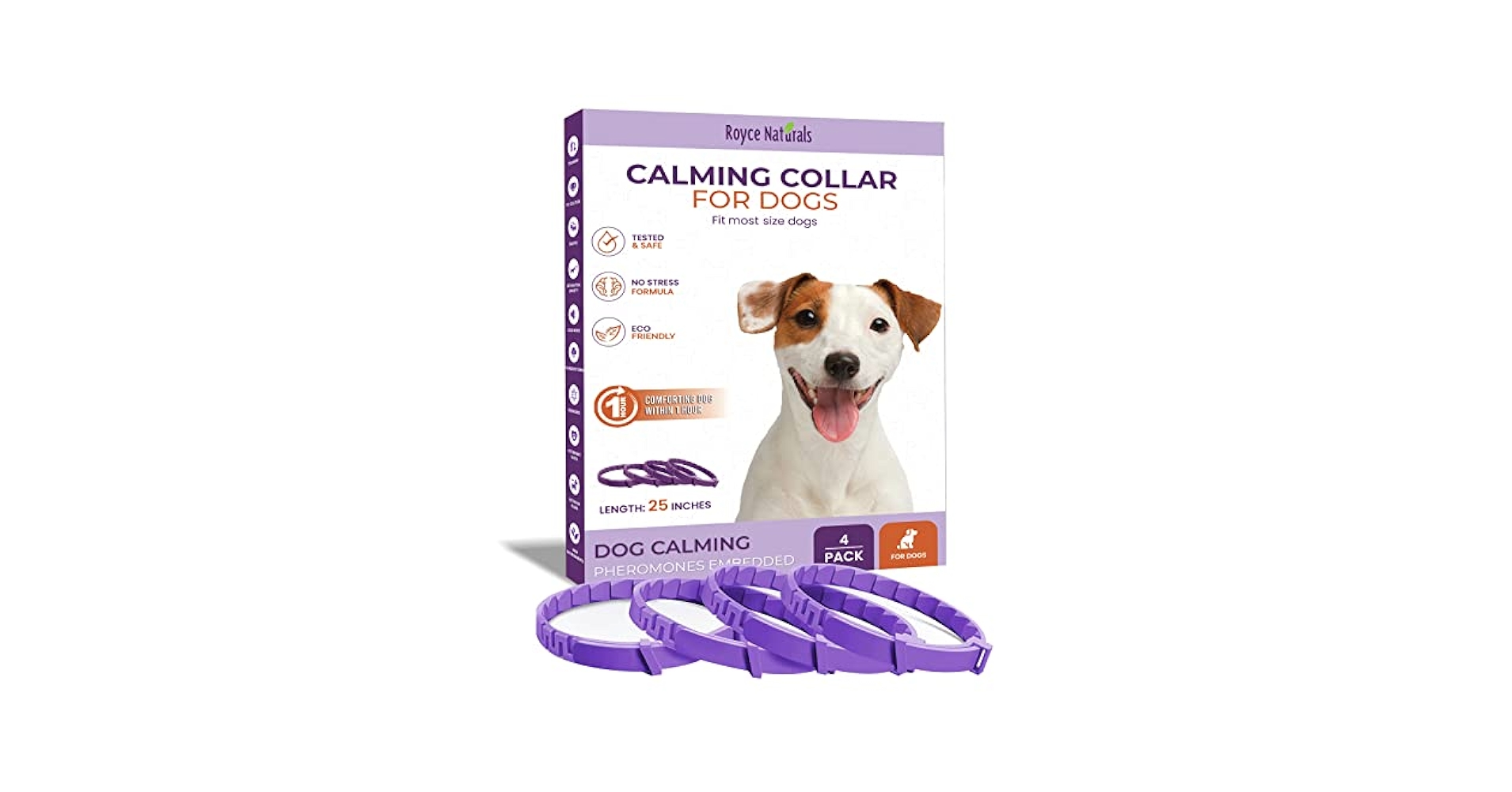
Credit: www.amazon.com
Expert Opinions
Experts provide valuable insights on calming collars for dogs. Their opinions help pet owners understand if these collars truly work. Different professionals bring unique perspectives based on their experience and knowledge.
Veterinarian Insights
Veterinarians often see calming collars as one tool among many. They stress that collars may help reduce mild anxiety in some dogs. Ingredients like pheromones or herbs can create a soothing effect.
Still, vets warn collars are not a cure-all. They recommend combining collars with training or behavior therapy. Some dogs may not respond at all, depending on their stress level.
Safety is a key concern. Vets advise choosing collars from trusted brands. Checking for allergies or skin irritation is important too.
Behavioral Specialist Views
Behavioral specialists focus on the root cause of anxiety. They see calming collars as a support, not a solution. These collars might ease symptoms temporarily.
Specialists prefer using collars alongside behavior modification techniques. Training helps dogs learn to cope with stress better. Collars can create a calmer setting for this work.
Experts also note that results vary by dog and situation. Some dogs show clear improvement. Others need more comprehensive care or medication.
Frequently Asked Questions
What Are Calming Collars For Dogs?
Calming collars release natural pheromones that soothe dogs. They help reduce anxiety, stress, and fear during stressful events. These collars provide a gentle, drug-free way to calm pets. Results vary depending on the dog’s temperament and specific situation.
How Do Calming Collars Work On Dogs?
Calming collars mimic a mother dog’s comforting pheromones. These pheromones signal safety and security to dogs, reducing anxiety. The collar continuously releases these soothing scents. This helps dogs stay calmer in stressful or unfamiliar environments.
Are Calming Collars Effective For All Dogs?
Calming collars work best for mild to moderate anxiety. Some dogs respond quickly, while others may need additional support. They are less effective for severe behavioral issues. Combining collars with training or vet advice improves outcomes significantly.
How Long Do Calming Collars Take To Work?
Most dogs show calming effects within 30 minutes to 24 hours. Consistent use increases effectiveness over time. If no improvement occurs after a week, try other anxiety treatments. Patience and monitoring your dog’s behavior are essential.
Conclusion
Calming collars can help some dogs feel more relaxed. Results vary with each dog’s personality and situation. They are not a quick fix but can support training. Always watch your dog’s behavior closely while using one. Combine collars with patience and positive reinforcement for best results.
Remember, each dog needs different care and attention. Trying a calming collar might be worth it for some pets. Keep your dog’s comfort and safety as top priorities.

